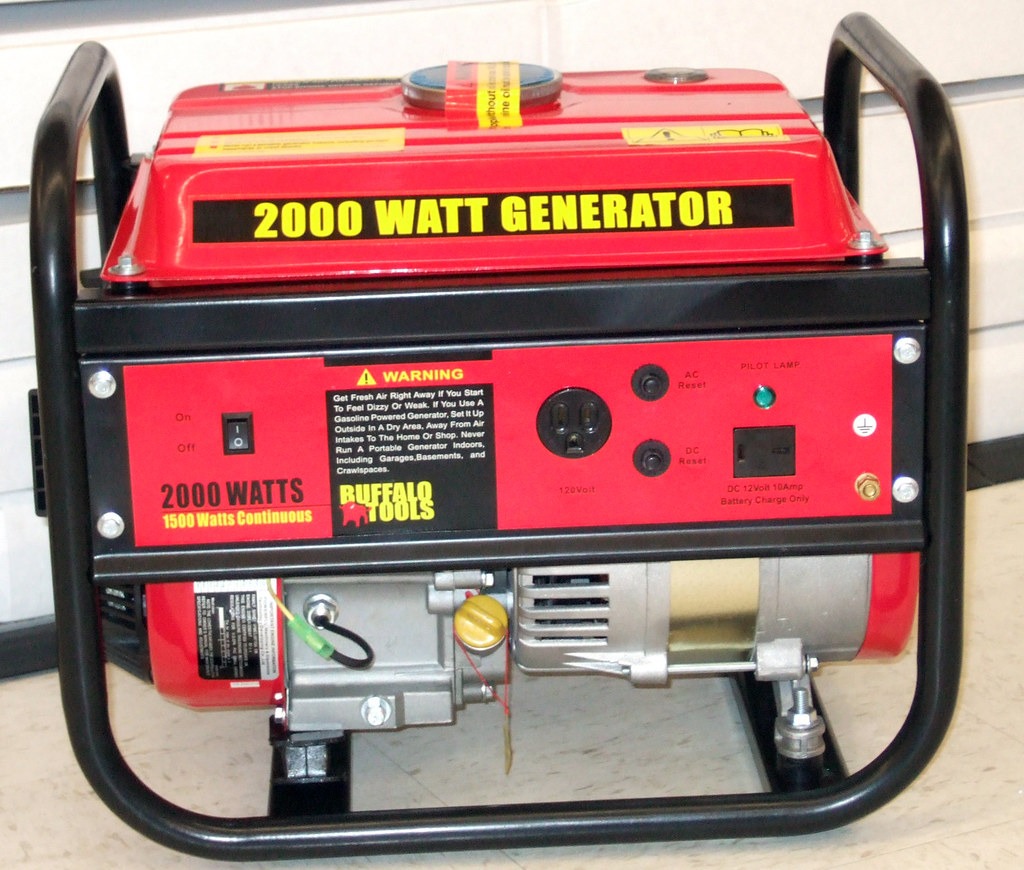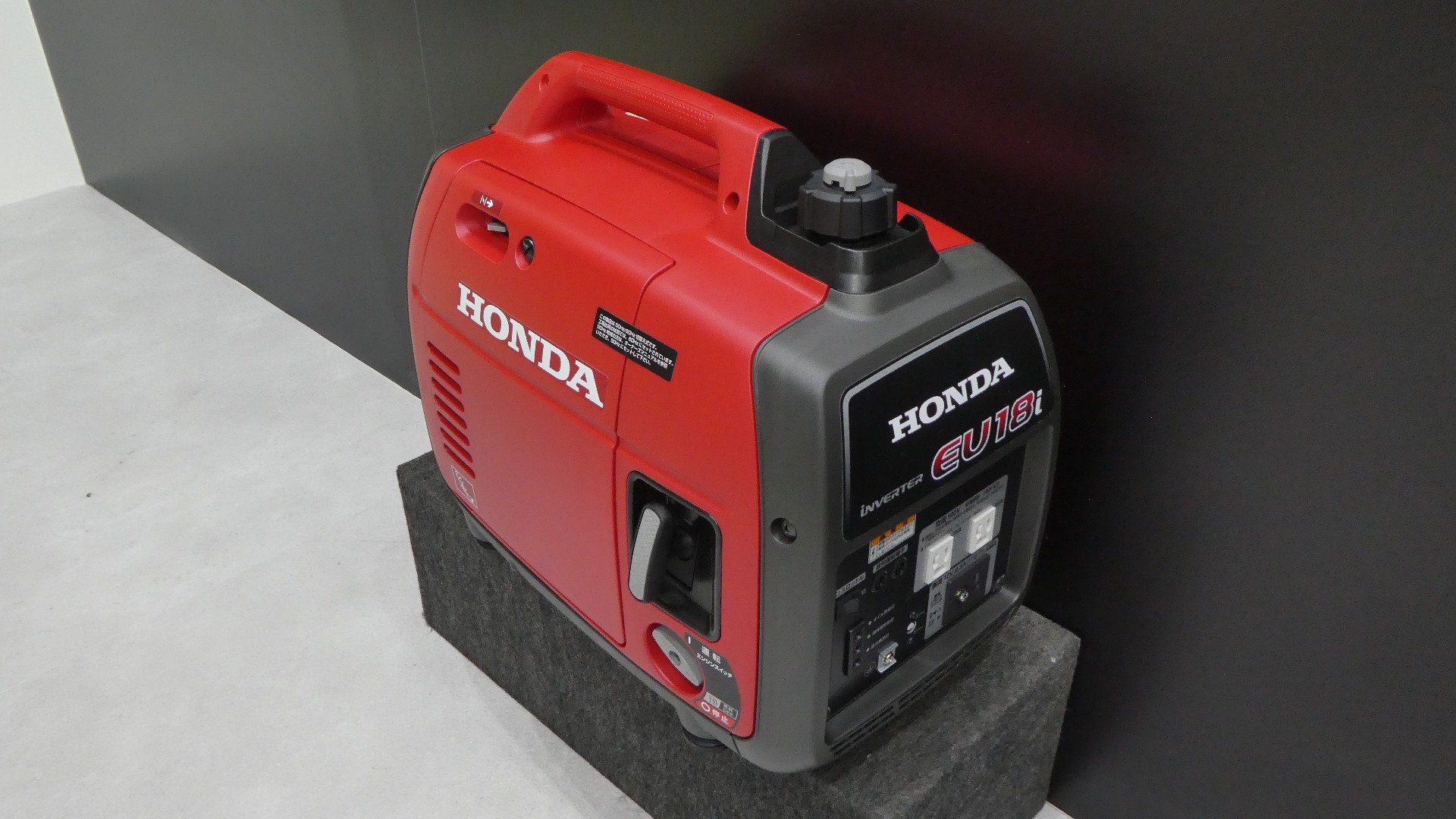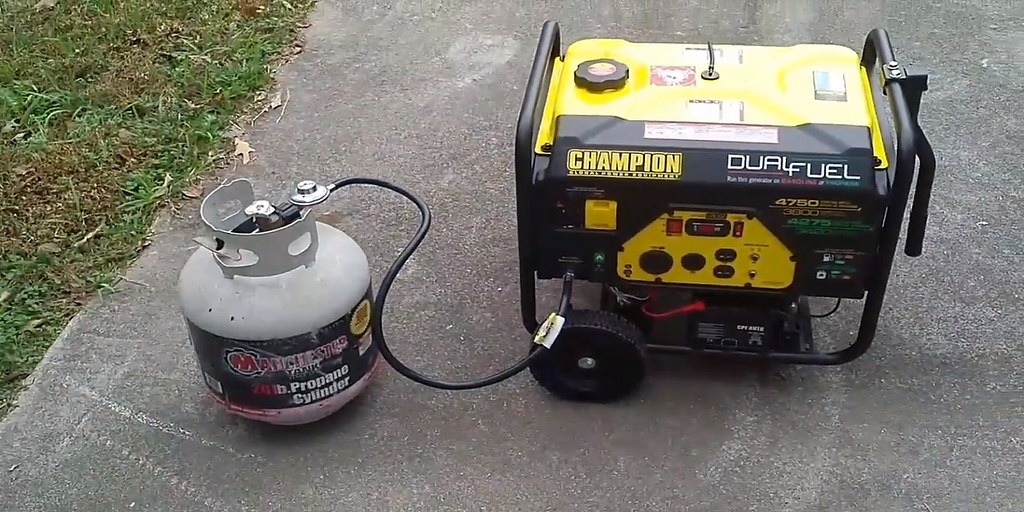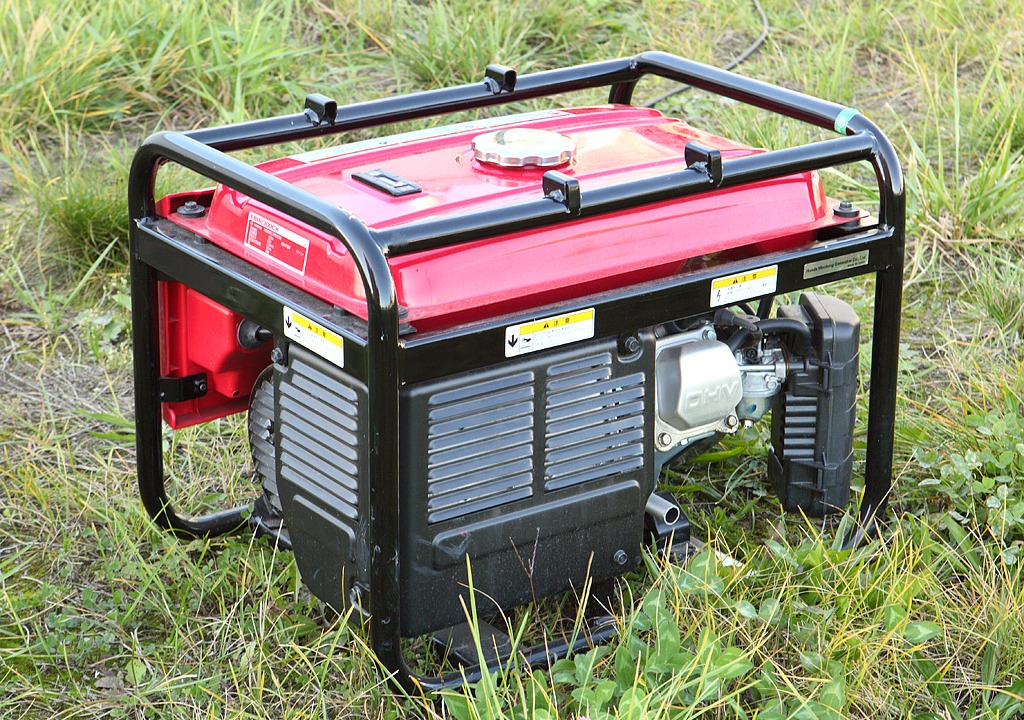When the lights flicker and the hum of modern life fades into silence, a portable generator stands as a beacon of hope amidst the darkness. But selecting the ideal generator amidst a sea of options and technical jargon can feel like navigating a pathless wilderness.
Fear not, intrepid adventurer! This comprehensive guide aims to empower you with the knowledge and tools to traverse this uncharted territory and emerge victoriously, wielding the perfect power source to illuminate your journey. And we’ll do it all without relying on online calculators, embracing the thrill of manual calculations instead!
Here we discuss various factors to be considered while selecting a portable generator. One of the important factors is the noise level. If you are looking for a generator that is not too noisy, check out our review of the best quiet portable generators.
This table will help you determine the characteristics of a portable generator that will meet your needs:
Step 1: Unveiling the Language of Power: Wattage and Amps
Before embarking on our calculation quest, let’s first decipher the fundamental units of power: watts and amps. Imagine watts as the speed of a car, indicating the rate at which energy is transferred. Amps, on the other hand, represent the flow of electricity, akin to the amount of fuel consumed.
To determine the appropriate generator size, understanding the wattage requirements of your appliances is crucial. Consult the labels or manuals of your appliances to uncover their wattage ratings.
Remember, some devices, such as refrigerators and air conditioners, possess both running wattage (the power needed to keep them humming) and starting wattage (the surge of power required to kickstart them). Your generator must be capable of handling the highest starting wattage among your appliances.

You may also like: 9 Best Portable Generators for Camping (Comparison & Reviews)
Step 2: Charting the Course: Manual Calculations for Generator Size
Now, let’s unleash the power of manual calculations and embark on a wattage quest! Gather your pen and parchment, for it’s time to become a master of measurements:
- Appliance Inventory: Compile a list of all the appliances you envision powering simultaneously.
- Wattage Expedition: For each appliance, embark on a quest to uncover its running wattage rating from its label or manual. Be sure to document the highest starting wattage as well.
- The Grand Summation: Summon your mathematical prowess and add up the running wattages of all the appliances on your list. This, dear adventurer, is your total running wattage.
- Surge Shield: To safeguard against the unexpected, multiply the highest starting wattage by 1.25 (a 25% buffer). Add this value to your total running wattage, creating a protective barrier against startup surges.
- Generator Matchmaker: Seek a generator with a rated wattage that exceeds the higher of your total running wattage and the starting wattage surge. Eureka! You’ve unearthed your perfect generator size.

Step 3: Beyond Wattage: Unearthing Hidden Treasures
While wattage reigns supreme, other factors also influence your generator selection:
- Fuel Type: Choose your fuel wisely, whether it be gasoline, propane, or diesel. Each possesses unique strengths and weaknesses:
- Gasoline, the most common, offers convenience but sacrifices efficiency.
- Propane burns cleaner, but requires refillable tanks and may be less accessible.
- Diesel boasts impressive power and fuel efficiency, but demands a higher price.
- Runtime: How long do you envision your generator sustaining your power needs? Consider fuel capacity and efficiency when making your choice.
- Portability: Weight and size matter, fellow adventurer! Select a generator you can transport with ease.
- Features: Seek out additional features that align with your quest, such as electric start, noise level, and outlet options.

You may also like: 10 Best Portable Hand-Crank Generators (Comparison & Reviews)
Step 4: Safety First: Wielding Power Responsibly
Like any powerful tool, portable generators demand respect and caution:
- Never operate a generator within enclosed spaces. Carbon monoxide fumes pose a deadly threat.
- Handle fuel with care. Store it safely, away from heat sources and open flames.
- Ground the generator properly to prevent electrical shock.
- Utilize appropriate extension cords rated for the wattage you’ll be channeling.
- Before igniting the generator’s power, ensure all appliances are switched off to avoid damage from voltage spikes.

Step 5: Triumphant Return: Mastering Your Power Journey
Armed with this knowledge and these tools, you’re now equipped to navigate the portable generator wilderness with confidence, unearthing the perfect power source to illuminate your path. Remember, the right generator is an investment in peace of mind, ensuring you can weather any storm with resilience. So go forth, intrepid adventurer, and embrace the power within!
Remember, choosing the right portable generator is an investment in preparedness and freedom. With the knowledge and tools from this guide, you can navigate the wilderness of options with confidence and emerge victorious, harnessing the power within to illuminate your own unique path. So, adventurer, go forth and conquer the darkness!
You may also like: 7 Best Portable Dual Fuel Generators (Comparison & Reviews)
FAQs about portable generators
What size generator do I need for my RV?
The ideal generator size for your RV depends on its specific needs. Generally, a 2,000-3,000 watt generator will suffice for basic appliances like lights, a small fridge, and basic electronics. However, if you want to run larger appliances like air conditioners or microwaves, a 5,000-7,000 watt generator might be necessary. Always consider potential future additions and upgrade accordingly.
How loud is a portable generator?
Noise levels vary greatly depending on the generator model and size. Smaller generators typically range around 60-70 decibels, similar to a normal conversation. However, larger units can reach 80-90 decibels, comparable to a busy street. Consider noise ordinances and your own needs when selecting a generator.
Can I connect a portable generator to my house electrical system?
Connecting a portable generator directly to your home’s electrical system is risky and potentially illegal without proper setup and safety precautions. This requires a transfer switch installed by a qualified electrician to prevent backfeeding into the grid and endangering utility workers. Consider alternative options like designated extension cords and power inlets for safer usage.
How can I maintain my portable generator for optimal performance?
Regular maintenance is crucial for ensuring your generator’s longevity and reliability. Follow the manufacturer’s instructions for oil changes, filter replacements, and spark plug inspections. Store the generator in a dry, well-ventilated area when not in use, and consider running it at low load for short periods occasionally to prevent engine issues.